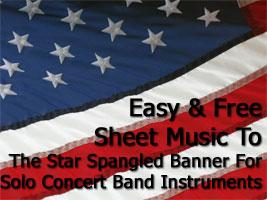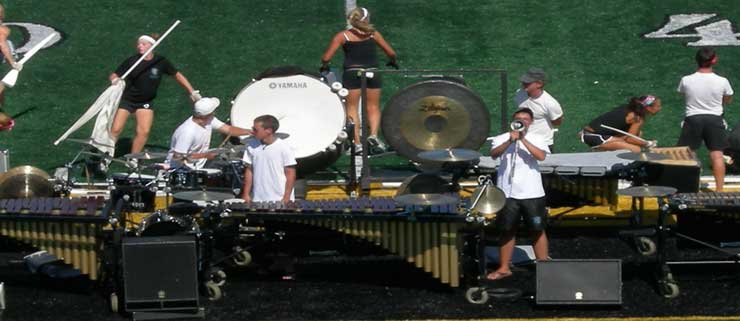Recruitment strategies can often make or break a string orchestra program. This is why it is so important to have a plan of action that takes you from the first day of school to the last. Here is a list of top ten recruitment tips for string and orchestra teachers to jump-start those numbers!
- Be enthusiastic! A teacher who is dynamic, funny and energetic will inspire students to want to be a part of the school's string program. Making music is a fun enterprise and teachers need to communicate that idea.
- Have successful students demonstrate each instrument. Students are eager to imitate successful peers and older students. Seeing instruments played by people they know also shows students that they are not too difficult, which is a common misconception.
- Play relevant music on the instruments. Have current students perform excerpts from popular songs, video game themes, or movie themes. Students are motivated by the idea that they can learn to play songs they know.
- Incorporate electric violin, viola, cello, or bass. Electric instruments rock! You can play Guitar Hero licks on the electric violin, or rock power chords on the electric cello. Even though you might not use electric instruments weekly, they can serve as incentives and be featured by select students in concert.
- Allow students to try the instruments. When students get to feel the instruments, it becomes real to them. Have older students on hand to coach younger students with drawing a bow across the strings. Technique is not important in this moment; just feel.
- Have an assembly with a fun theme. "Orchestra Idol" or "Orchestra Hero" – you get the idea. Ask musical questions and give out prizes. As an ASTA member, you can obtain multiple copies of their advocacy brochure "Why Strings?" to distribute.
- Set up an interactive blog. Technology is transforming communication. Use it to your program's advantage. Set up a blog with frequently asked questions for parents; audio or video clips from concerts; orchestra participation guidelines; links to local music stores for instrument rentals and a link to San Francisco Symphony Kids, a fun interactive site that introduces the instruments of the orchestra.
- Reach out to potential students throughout the year. Don't wait until the recruiting assembly to get to know prospective students. Run an after school club for younger students, attend school dances and get to know the student body.
- Follow up with indecisive students. Sometimes students don't sign up right away because they have reservations (e.g., stringed instruments are difficult, performing in front of people is scary, you have to have "talent" to play an instrument). A talk with students and/or their parents can often alleviate concerns and encourage participation.
- Keep orchestra in the spotlight all year. Have exciting concerts (always play at least one popular/relevant piece); encourage small groups to perform at school events (e.g., assemblies, PTA meetings, in general music classes); and write articles for the school newspaper spotlighting your ensemble.
Orchestra recruitment can seem like a daunting task in the beginning, but when properly planned, it can be an invigorating challenge. Have fun, incorporate these recruitment suggestions, and your string program's enrollment numbers will improve each year!







 Scroll down to view the comparison chart of over a dozen different portable digital audio recorders.
Scroll down to view the comparison chart of over a dozen different portable digital audio recorders.
.jpg)